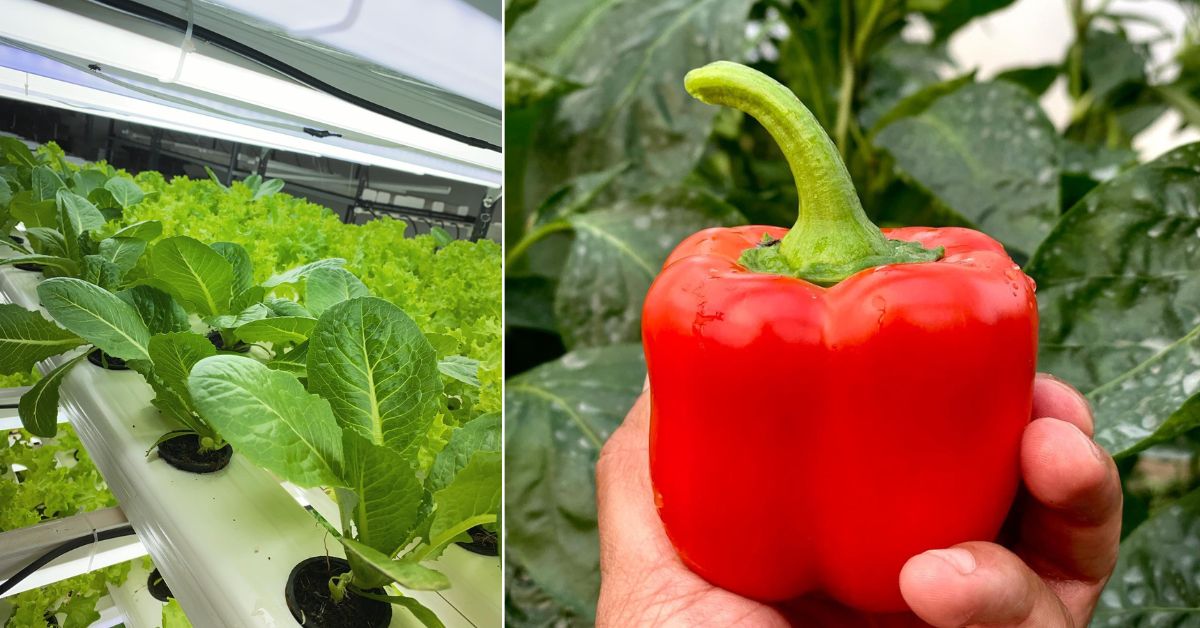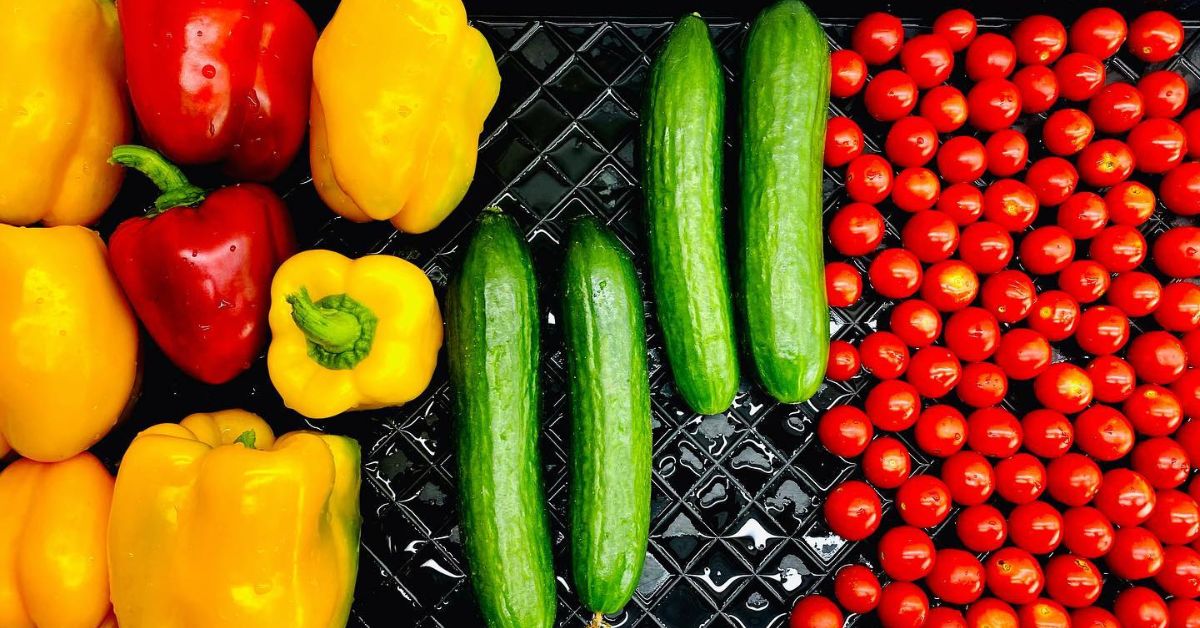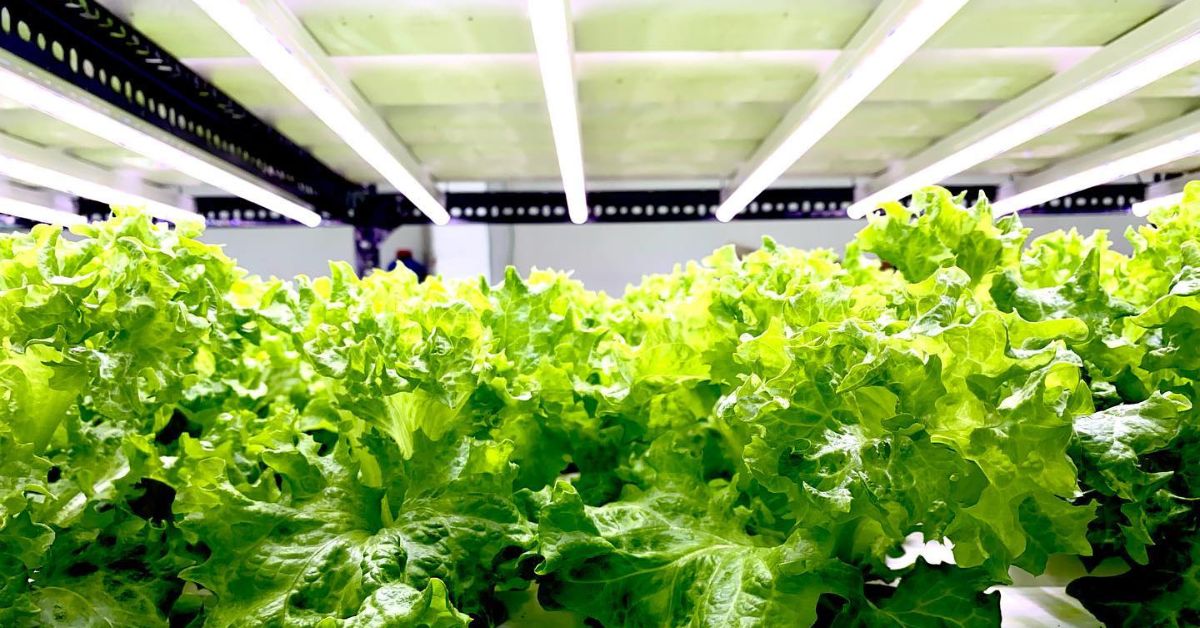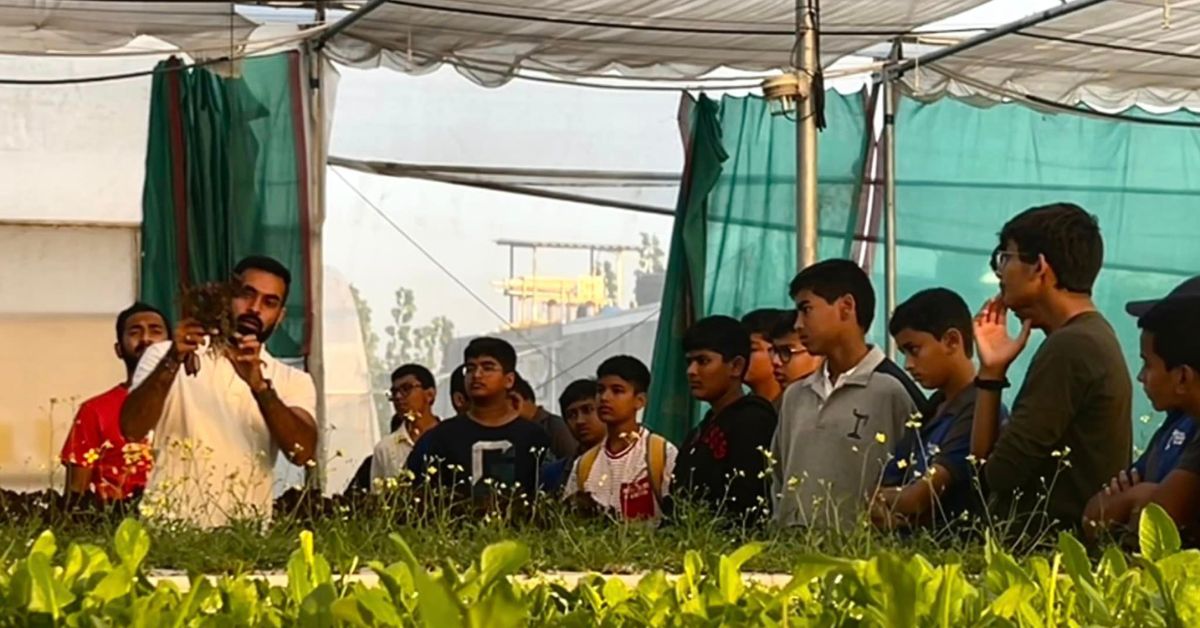Until 2016, Pritpal Singh’s family in Chandigarh had been cultivating wheat and paddy for 50 years.
“The culture of monocropping is prevalent in Punjab and Haryana where most families grow paddy and wheat throughout both Kharif and Rabi seasons. Sticking to specific crops year after year eventually leads to an increase in soil-borne diseases and substantially decreases the fertility of soil,” he says.
Pritpal was always intrigued by new ways to make farming more profitable and reduce the risks associated with traditional agricultural practices. This quest led him to quit his three-year long corporate career and turn to farming.
“Coming from a family of farmers, I was always connected to my roots, even during my higher studies in Nagpur and my job in Mumbai. Whenever I got a chance, I visited my farm, contemplating how to transform it into a profitable venture for the next generation,” he shares.
“When I told my parents about my decision to pursue farming full-time, their first concern was also about the new approaches I wanted to try,” adds the MBA graduate.
Pritpal went on to turn his ancestral farm into a thriving business with 25,000 green leafy plants such as lettuce and spinach flourishing in an 8,000 square-feet area. Every month, he harvests up to 800 kg of leafy greens, achieving five times the yield compared to conventional farming while using fewer resources.
This was possible due to the protected cultivation system of hydroponics where crops are grown without soil!
“There are many soil borne diseases such as fungal and bacterial infections that affect crop yield. You cannot eliminate microorganisms and parasites like nematodes from the soil. So, I thought of eliminating soil itself as a medium altogether. I turned to hydroponics, which eliminates this worry,” he explains.
Pritpal now grows exotic leafy greens such as Italian basil, baby spinach, three to four kinds of lettuces, vine crops like red and yellow capsicum and seedless cucumbers.
He grows these crops in 2.5 acres of land comprising multiple types of protected environment structures, including an indoor vertical farm, a temperature-controlled polyhouse, a naturally-ventilated polyhouse, and indoor and outdoor hydroponics setups.

The Better India sat down with Pritpal to understand his switch from traditional open field cultivation to protected farming techniques.
Growing crops the new way
After researching, Pritpal came to know about protected cultivation and greenhouse farming. In 2016, he started cultivating exotic flowers and vegetables like seedless cucumbers.
Soon, he was also introduced to the hydroponics method of cultivation. Talking about its advantages, he says, “Hydroponics allows us to grow leafy greens locally in a temperature-controlled environment all year round. It gives you more control over the growing part.”
He goes on to explain how this method also saves 90 percent water compared to open-field farming as it keeps circulating it within the setup. This makes the whole technique a sustainable way of growing food.
“It also reduces nutrient costs, as we only add the precise amount needed for plant growth, unlike in open-field farming where large quantities of fertilisers are used without control,” he adds.
Pritpal says that he invested Rs 60 lakh in setting up the whole system on a 2.5 acre farm. “But this is only a one-time investment, yielding recurring benefits throughout the year,” he adds.
Currently, he grows leafy greens hydroponically and harvests up to 800 kg of produce every month. “In leafy greens, the yield is almost five times greater compared to traditional land-based farming. That’s the beauty of hydroponics,” he shares.
Pritpal also grows bell peppers and seedless cucumbers in a naturally-ventilated polyhouse spanning across 1.5 acres. Annually, he harvests up to 90 tonnes of seedless cucumbers and up to 30 tonnes of bell peppers. “I get a 30 percent higher return in this setup,” he adds.

‘There was no plan B’
Overall, Pritpal says his annual income has increased by up to 1.5 times with vine crops and five times with leafy greens compared to traditional soil-based farming.
A 2023 research mentions hydroponic farming has the potential to “revolutionise agriculture and food production”. It can be used for growing a wide range of plant species, including leafy greens, herbs, tomatoes, cucumbers, strawberries, and flowers. It provides precise control over nutrient delivery and environmental conditions, leading to increased crop yields and higher-quality produce.
But this achievement was not easy.
“It hasn’t at all been a cakewalk for me. I’ve been in this space for almost eight years now and have faced multiple challenges,” he says.
Pritpal says that although hydroponics farming has gained immense momentum in the last couple of years, it was challenging for him to install a proper setup without having the technical know-how.
“I hired a company from Mumbai to set up the hydroponics farm. The company lacked adequate knowledge and couldn’t really help with the growing part. I realised they made false claims,” he says.

So, while the setup was ready, Pritpal couldn’t grow anything for the initial four months. “I had to take a step back. But I kept on telling myself that there is no plan B and I have to do this. I started researching on each and every parameter of the farm and began adjusting them one by one,” he says.
“For instance, they didn’t use the right quality of LED grow lights, and the wavelength was not suitable for the growth of the plants. I learned about these aspects the hard way and started making suitable changes,” he adds.
Gradually, Pritpal also incorporated solar power to bring down the operational costs by 80 percent. He installed solar panels of 15 KW capacity to run the hydroponics set up.
Pritpal points out that farmers cannot merely copy-paste the hydroponics setups of Western countries.
“We also need to consider different climatic conditions of various states in the country. In Chandigarh, we are required to maintain a temperature between 20 and 26 degrees and humidity of 60 to 65 percent. These parameters can be different for Kashmir. We need to first analyse the geography, climate, and weather conditions, and accordingly design and set up the farm,” he adds.
In 2020, Pritpal also started Farmcult, a bootstrapped Agritech startup providing end-to-end solutions for those who want to enter the world of hydroponics.
Farmcult currently operates under two business models:
1: Turnkey Projects and Consulting: Farmcult designs and sets up modern hydroponic farms, customised according to the geographical location and the crop to be cultivated. They not only set up the farms, but also support their clients for at least six months, ensuring they are comfortable with every aspect of the hydroponics business. Farmcult also helps establish market linkages for the crops being cultivated.

2. Passive Income Model: For clients who intend to start a large-scale hydroponics business but lack the bandwidth to manage the farms, Farmcult offers comprehensive support. They not only help set up the farm but also manage daily operations, right from germination to harvesting and market linkages. Farmcult shares quarterly returns with clients who have invested in the farm. Pritpal says that they are currently seeing a lot of interest in people for this model.
Farmcult also provides workshops and training to the community about the benefits of hydroponic farming, including sustainability, water efficiency, and chemical-free produce. They have trained more than 100 people in the last three months.
Udit Bhatia, who trained under Pritpal last April, tells The Better India, “Anyone can practise hydroponics farming. It is very useful for crops like lettuce, where the growth cycle reduces from 90 to 40 days.”
“Formal training becomes essential in hydroponics to get maximum yield and return on investment. I learned how to maintain water temperature and control humidity levels. It is also essential to check for fungus attacks as they can quickly spread throughout the farm due to the shared water source. Using chillers can reduce temperatures to 20 degrees and minimise fungal attacks,” he adds.
Pritpal aspires to encourage more people to adopt hydroponics not just as an alternative cultivation technique but as a profitable and sustainable business venture as it has the potential to meet the rising food demands in cities and address decreasing agricultural lands while supplementing higher incomes.
“With this method, we can achieve higher yields in smaller areas and also boost our incomes,” he says.
Reflecting on his success, Pritpal says, “I’ve heard about the children of doctors and lawyers following the same professions, but I believe that that mindset is lacking in farming. I wanted to change this thought process.”
“If agriculture and allied services are to remain the bedrock of the nation’s economy, we need to make them more profitable. Working in this space and becoming a successful farmer has been a dream come true. Personally, this entire experience has also made me more persistent and disciplined. Looking at my farm now, I feel content,” he adds.
Source: Research on hydroponics farming: By Shrestha Sanchaya, Ms Saritha S R, Mr Bhaskar A, Tesfaye Leul, Thapa Anushri, Agrawal Subham, Jaju Anish for International Journal of Research Publication and Reviews, published in April, 2023.
Edited by Khushi Arora. All photos: Pritpal Singh.
No comments:
Post a Comment